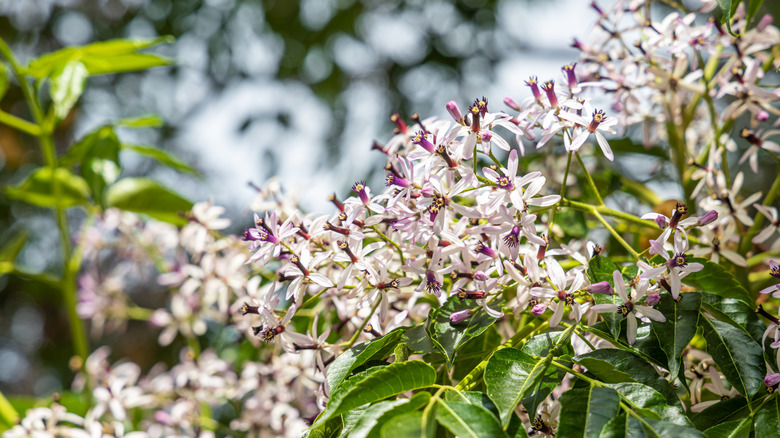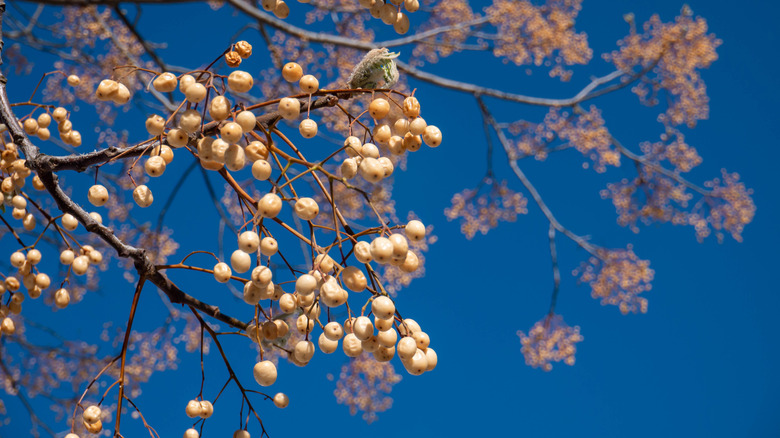Chinaberry Tree Troubles Every Gardener Should Know Before Planting
The Chinaberry tree (Melia azedarach) might catch your eye with its fragrant flowers and fast growth, but before you decide to plant and care for a Chinaberry tree, it's important to know what you're getting into. This tree has a reputation for being both a blessing and a curse, depending on where you are and what you want from your garden. At first glance, the Chinaberry tree seems like a great choice for gardeners looking for quick shade. It grows fast, reaching an average of 30 to 50 feet tall. It has pretty pinkish purple flowers in spring and produces small, golden berries that add visual interest.
But beneath that appealing exterior, there are a few characteristics that can cause headaches down the road. One of the most irritable issues? The mess! Chinaberry trees produce a lot of debris. Their leaves and berries drop frequently, covering your yard and making constant cleanup a requirement. They can create a slippery, dangerous mess on sidewalks and patios, not to mention they're toxic to pets and livestock if consumed.Then there's the issue of maintenance. Chinaberry trees are notorious for having brittle branches that break easily, especially during storms or heavy winds. This could mean constant trimming to avoid broken limbs, and if you live in a storm-prone area, it could pose a safety risk.
Invasiveness and long-term troubles
On top of the mess, there's a bigger problem. In some regions, Chinaberry trees are considered invasive. Because of their rapid growth and ability to spread, they can easily outcompete native plants. Their berries are full of seeds that germinate quickly, sometimes sprouting unwanted saplings throughout your yard or nearby areas. If left unchecked, these trees can form dense thickets, making it difficult for other plants to thrive. Some regions, particularly in the southern United States, have declared the Chinaberry tree invasive, including Virginia and Oklahoma.
Another issue that can crop up is its shallow root system. Chinaberry trees are known to have roots that stay close to the surface, which can interfere with other plants and even your lawn. These shallow roots can also damage nearby foundations and clog drains. While the Chinaberry tree might seem like a quick and pretty addition to your garden, it comes with its share of headaches, so it's essential to weigh the pros and cons before planting. If you're looking for easy-going, low-maintenance tree options, you might want to consider something else.

